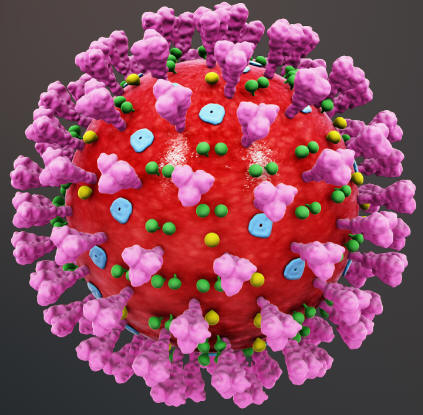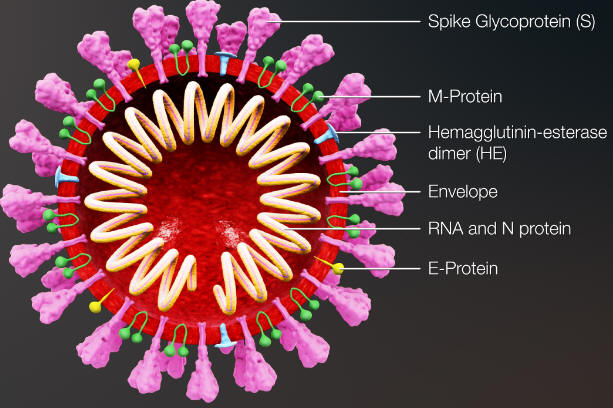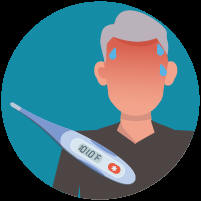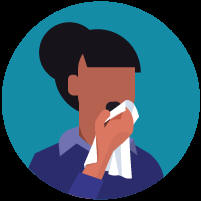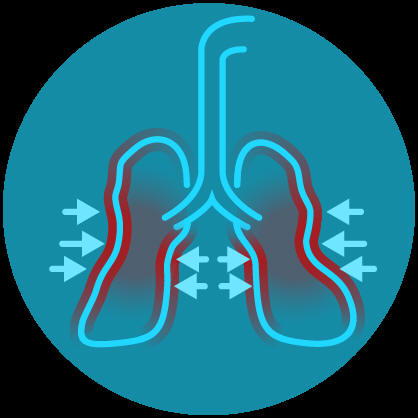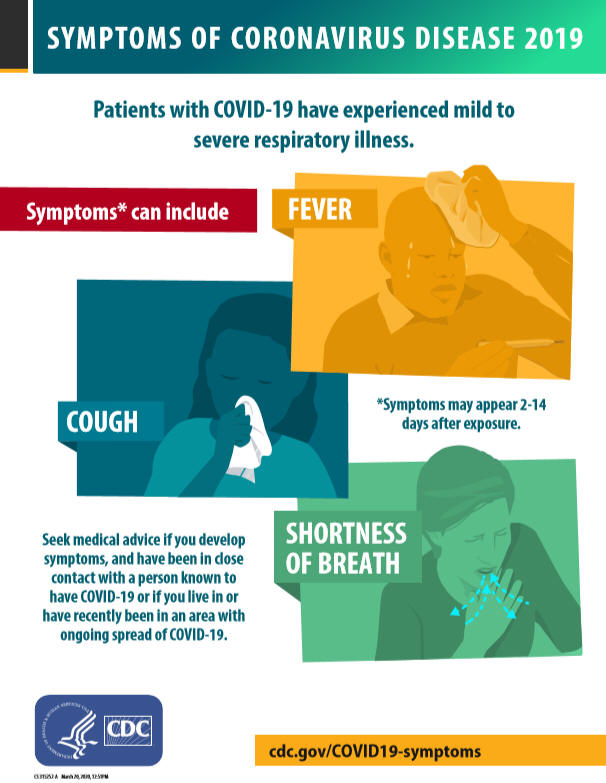
|
||||||||||||
|
|
Coronavirus
A coronavirus is a kind of common virus that
causes an infection in your nose, sinuses, or upper throat.They’re
called coronaviruses because under a microscope, they look like a
crown. Most coronaviruses aren't dangerous. But in
early 2020, after a December 2019 outbreak in China, the World
Health Organization identified a new type of coronavirus. Officials
named this new virus severe acute respiratory syndrome coronavirus 2
(SARS-CoV-2). This is the virus that causes COVID-19. What Is COVID-19? Coronavirus disease 2019, or COVID-19, is a
disease that can cause what doctors call a respiratory tract
infection. It can affect your upper respiratory tract (sinuses,
nose, and throat) or lower respiratory tract (windpipe and lungs). The COVID-19 outbreak quickly spread around the
world. It spreads the same way other coronaviruses do, mainly
through person-to-person contact. Infections range from mild to
serious. COVID-19 is one of seven types of coronavirus, including the ones that cause severe diseases like Middle East respiratory syndrome (MERS) and sudden acute respiratory syndrome (SARS). The other coronaviruses cause most of the colds that affect us during the year but aren’t a serious threat for otherwise healthy people. People around the world commonly get infected with human coronaviruses 229E, NL63, OC43, and HKU1. Sometimes coronaviruses that infect animals can evolve and make people sick and become a new human coronavirus. Three recent examples of this are 2019-nCoV, SARS-CoV, and MERS-CoV.
Human Coronavirus Types Coronaviruses are named for the crown-like
spikes on their surface. There are four main sub-groupings of
coronaviruses, known as alpha, beta, gamma, and delta. Human coronaviruses were first identified in
the mid-1960s. The seven coronaviruses that can infect people are: Common human coronaviruses 229E (alpha coronavirus) NL63 (alpha coronavirus) OC43 (beta coronavirus) HKU1 (beta coronavirus) Other human coronaviruses MERS-CoV (the beta coronavirus that causes
Middle East Respiratory Syndrome, or MERS) SARS-CoV (the beta coronavirus that causes
severe acute respiratory syndrome, or SARS) SARS-CoV-2 (the novel coronavirus that causes
coronavirus disease 2019, or COVID-19) Watch for symptomsReported illnesses have ranged from mild symptoms to severe illness and death for confirmed coronavirus disease 2019 (COVID-19) cases. These symptoms may appear 2-14 days after exposure (based on the incubation period of MERS-CoV viruses).
When to Seek Medical Attention
If you develop emergency warning signs for COVID-19 get medical attention immediately. Emergency warning signs include*:
*This list is not all inclusive. Please consult your medical provider for any other symptoms that are severe or concerning. Pandemic A pandemic is the worldwide spread of a new disease. An influenza pandemic occurs when a new influenza virus emerges and spreads around the world, and most people do not have immunity. Viruses that have caused past pandemics typically originated from animal influenza viruses. Some aspects of influenza pandemics can appear similar to seasonal influenza while other characteristics may be quite different. For example, both seasonal and pandemic influenza can cause infections in all age groups, and most cases will result in self-limited illness in which the person recovers fully without treatment. However, typical seasonal influenza causes most of its deaths among the elderly while other severe cases occur most commonly in people with a variety of medical conditions. By contrast, this H1N1 pandemic caused most of its severe or fatal disease in younger people, both those with chronic conditions as well as healthy persons, and caused many more cases of viral pneumonia than is normally seen with seasonal influenza. For both seasonal and pandemic influenza, the total number of people who get severely ill can vary. However, the impact or severity tends to be higher in pandemics in part because of the much larger number of people in the population who lack pre-existing immunity to the new virus. When a large portion of the population is infected, even if the proportion of those infected that go on to develop severe disease is small, the total number of severe cases can be quite large. For both seasonal and pandemic influenza, the highest levels of activity would be expected to occur in the usual influenza season period for an area. (In the temperate climate zones, this is usually the winter months, for example). But as was seen with the current H1N1 pandemic, pandemics can have unusual epidemiological patterns and large outbreaks can occur in the summer months. https://www.who.int/csr/disease/swineflu/frequently_asked_questions/pandemic/en/ Before a Pandemic
During a PandemicLimit the Spread of Germs and Prevent Infection
https://www.ready.gov/pandemic
|
